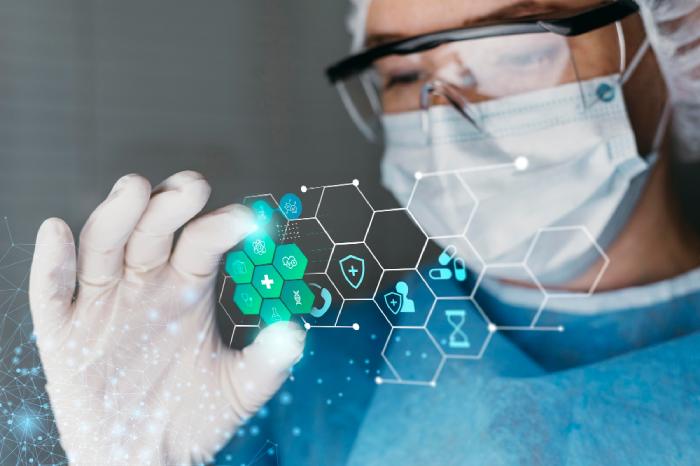Introduction:
The field of healthcare has witnessed remarkable advancements in recent years, thanks to groundbreaking technological innovations. These innovations have not only revolutionized patient care but have also extended the human lifespan and enhanced the quality of life. One such extraordinary example is the development of technologies that allow individuals to live without a heart and pulse. Furthermore, technology is continually reshaping the future of healthcare by enabling web and mobile interfaces, paving the way for a different and more efficient approach to healthcare delivery. In this blog, we will explore how technology has facilitated a man to live without a heart and pulse and discuss how technological innovations are empowering healthcare to create a sustainable lifespan for patients. Additionally, we will delve into how tech companies can leverage web and mobile interfaces to shape the future of healthcare.
Living Without a Heart and Pulse:
The concept of living without a heart and pulse seems like a notion out of science fiction, but technological advancements have made it a reality. One groundbreaking innovation is the Total Artificial Heart (TAH), an advanced medical device that replaces the failing heart entirely. The TAH, developed by SynCardia Systems, Inc., is a pneumatic heart that replicates the functions of a real heart, allowing patients to live without a pulse. This technology has transformed the lives of countless patients suffering from end-stage heart failure, who were previously left with limited treatment options.
The TAH consists of two ventricles, each with its pneumatic pump, which is connected to an external driver. This device effectively performs the functions of a human heart, pumping blood throughout the body, and sustaining vital organs. Patients with TAH can resume their daily activities, regain their independence, and experience an improved quality of life. This remarkable innovation demonstrates the potential of technology to address critical medical challenges and enhance human longevity.
Creating a Sustainable Lifespan for Patients:
Technological innovations have paved the way for a more sustainable lifespan for patients. By leveraging advancements in fields such as genomics, artificial intelligence (AI), robotics, and telemedicine, healthcare providers can now offer personalized and targeted treatments, leading to improved outcomes and longevity.
Genomics plays a crucial role in tailoring treatment plans based on an individual’s genetic makeup. With the advent of next-generation sequencing technologies, healthcare professionals can identify genetic variations associated with diseases and develop personalized treatment strategies. This approach allows for precision medicine, reducing the likelihood of adverse reactions and maximizing the effectiveness of treatments.
Artificial intelligence and machine learning algorithms are transforming the healthcare landscape by analyzing vast amounts of patient data to identify patterns and make accurate predictions. This enables early detection of diseases, better diagnosis, and the development of personalized treatment plans. Additionally, robotics have enhanced surgical precision, enabling minimally invasive procedures with reduced recovery times and fewer complications.
Telemedicine has emerged as a critical component of modern healthcare, especially in remote areas and underserved communities. Through web and mobile interfaces, patients can access healthcare services remotely, consult with specialists, and receive timely medical advice. This technology bridges the gap between patients and healthcare providers, ensuring a sustainable and accessible healthcare system for all.
Enabling a Different Future of Healthcare through Web and Mobile Interfaces:
Tech companies have a significant role to play in shaping the future of healthcare by leveraging web and mobile interfaces. By incorporating user-friendly interfaces, intuitive design, and seamless integration with healthcare systems, these companies can enhance patient engagement, facilitate remote monitoring, and enable efficient communication between patients and healthcare providers.
One area where web and mobile interfaces can have a transformative impact is in patient self-management. Mobile applications can provide patients with tools to monitor their health, track medication adherence, and access educational resources. These interfaces can empower patients to take an active role in managing their well-being, leading to better treatment outcomes and reduced healthcare infra and treatment costs for the patient. Web and mobile app development companies are working in synchronization with healthcare innovations to last life sustainably.



